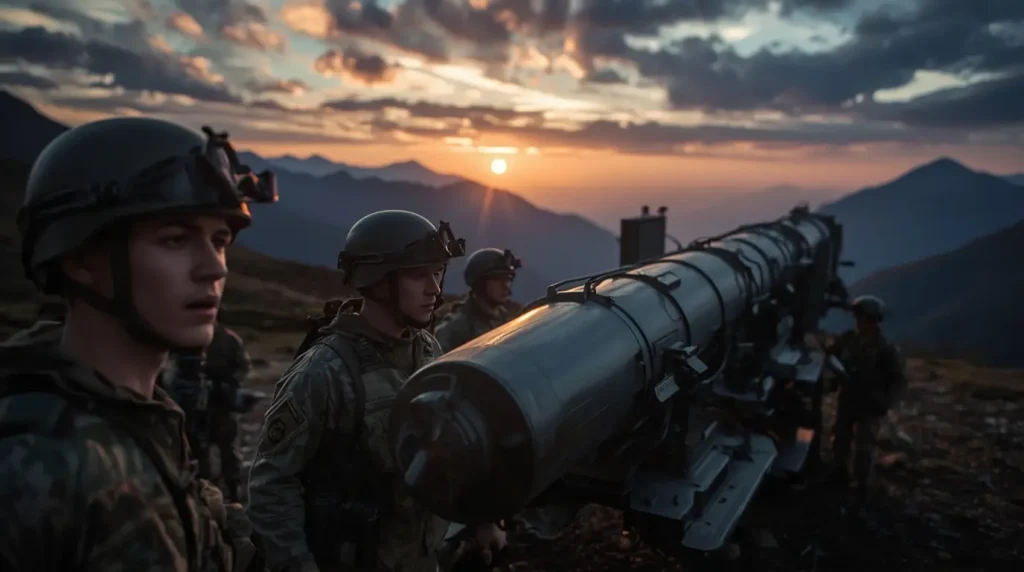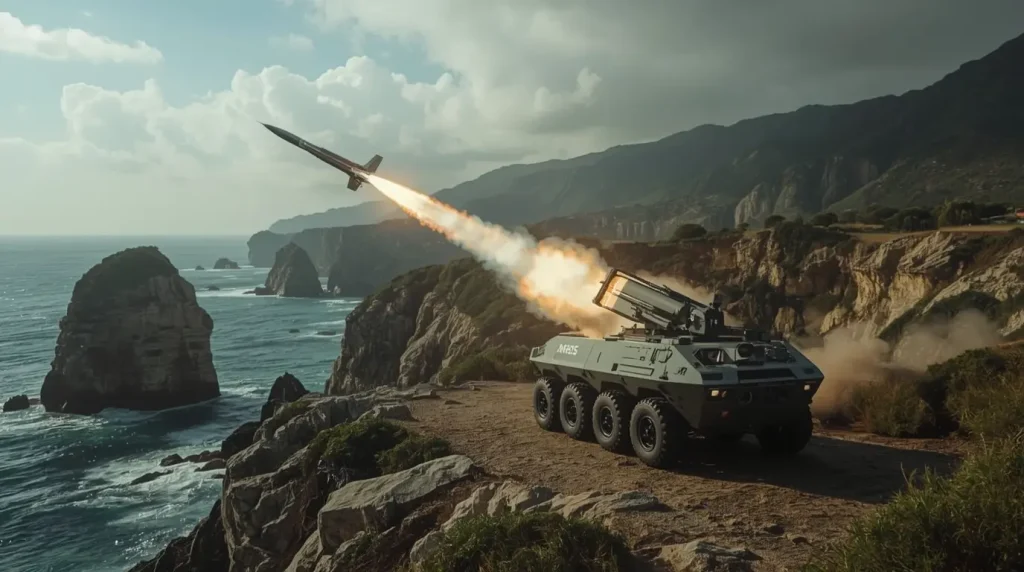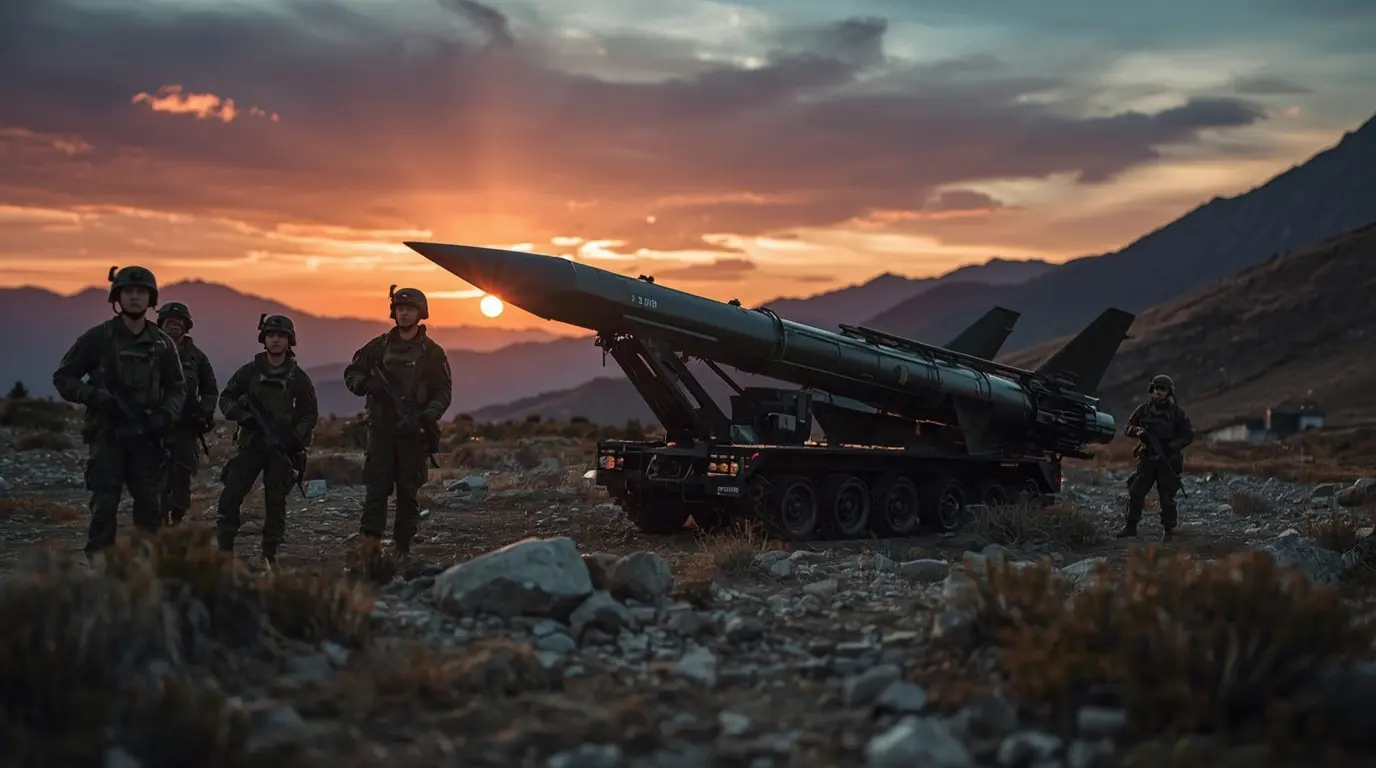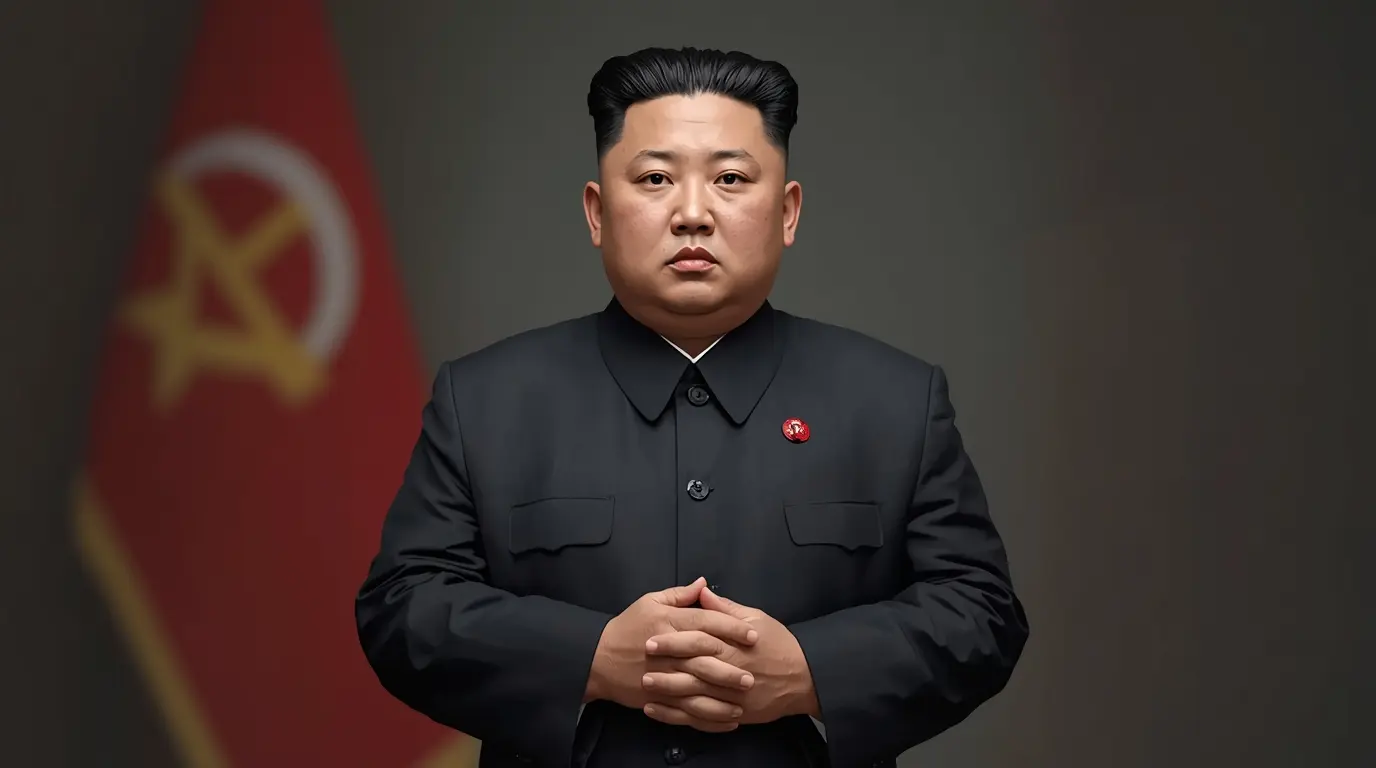Introduction
Today, the U.S. and Japan kicked off their biggest-ever combined military exercise, calling it Resolute Dragon 2025. For the first time, advanced American missiles capable of hitting territory inside China are part of the drill. This step comes as military tensions rise, with China stepping up activities near Taiwan and around Japan-held islands in the East China Sea. The exercises introduce two cutting-edge missile systems: the midrange Typhon and the Navy-Marine Expeditionary Ship Interdiction System, or NMESIS. Both represent a major step forward in the regional strategy of deterring potential threats.
Scale and Significance of Resolute Dragon 2025
Resolute Dragon 2025 is the largest cooperative military operation in U.S.-Japan history, calling in 5,200 American troops and 14,000 Japanese. The training lasts from September 11 to September 25 and spreads through a wide swath of Japan, from the southern islands of Okinawa to the northern region of Hokkaido, and across the main island of Kyushu. This extended geography enables the two allies to practice simultaneous defense plans from southern, central, and northern axes, demonstrating the ability to respond swiftly and collaboratively across the entire Japanese archipelago.
Lt. Gen. Roger Turner, who leads the III Marine Expeditionary Force, made it clear that these exercises aim to “sharpen the warfighting edge of our forces and provide a clear, credible warning to any opponent that dares to disrupt peace and security in the Indo-Pacific.” The exercises are now bigger than ever, showing how the region’s strategic value is rising and how our partners are dedicated to keeping stability by showing what we can really do.
Key Insights on Resolute Dragon 2025
Dates: September 11-25, 2025
Troop Levels: 5,200 Americans, 14,000 Japanese
Bases: Okinawa, Kyushu, & Hokkaido
New Hardware: Typhon system & NMESIS
Mission Focus: Hitting ships, countering aircraft, and securing islands
Cutting-Edge Weaponry: Deterring Adversaries
Two new missile systems arriving at the drills push Japan’s coast defense to the next level:
Typhon Midrange Missile System
Typhon gives ground troops a huge boost. It fits four launch tubes inside an ordinary 40-foot cargo container so it can hide in plain sight. Once troops pick a spot, a simple crane can lift it onto a trailer, and the system starts working within 30 minutes.

An array of Tomahawk and SM-6 missiles gives it an unrivaled punch. Tomahawk missiles can hit land targets along the southeastern coast of China. Meanwhile SM-6 missiles can take out a plane or a ship up to 200 kilometers away. Together, they expand Japan’s reach against sea and air threats.
What stands out about the Typhon system is its ability to handle both land and maritime strikes from the same platform. Tomahawk missiles deliver deep land hits using updated guidance, and the maritime variant swaps in a seeker to track moving surface ships. Meanwhile, the SM-6s—originally built for long-range air defense—have been tweaked to also hunt surface targets and handle select missile defense tasks. This multitasking lets one battery, stationed on shore, threaten deep land command centers with a Tomahawk strike or engage distant ships using the SM-6, all from the same crew and control software.
The Navy-Marine Expeditionary Ship Interdiction System (NMESIS) delivers a different, but fit-together, solution for coastal defense. Two Naval Strike Missiles ride on a remotely operated joint light tactical vehicle (JLTV), forming an anti-ship weapon that is both mobile and hard to see. Low-signature airframes and a sea-skimming flight path, combined with an imaging infrared seeker that keeps its eyes on a target without revealing radar, help the missile get close without giving much warning.
Offering a range of 185 kilometers (about 115 nautical miles), NMESIS can fire from makeshift dirt in minutes. The unmanned launcher drives from a hide site to a small air stripe, a road shoulder, or another makeshift site that looks just ordinary. From that position, it can quietly send the Naval Strike out the truck’s rear ramp, and go back out of sight before the adversary reflects on which battery just fired.
| Feature | Typhon System | NMESIS |
|---|---|---|
| Platform | Containerized ISO frame | Unmanned JLTV |
| Missiles Carried | 4 (Tomahawk & SM-6) | 2 Naval Strike Missiles |
| Range | 200+ km (SM-6), 1,600+ km (Tomahawk) | 185 km |
| Primary Role | Land attack & air defense | Anti-ship warfare |
| Mobility | Heavy tractor, requires setup | Highly mobile, rapid deployment |
| Signature | Low when concealed | Very low |

Strategic Context: Responding to Regional Challenges
The introduction of these strike systems comes as new levels of Chinese military activity ripple across the region. In recent months, China has noticeably expanded both naval and air patrols around Taiwan and the disputed territory of the Senkakus, testing air and maritime responders were near the Japanese island of Okinawa and southward. In June 2025, new exercises saw both of China’s operational aircraft carriers embarked together for the first time, ostensibly simulating interactions with non-existent threats, including mock u.s. carrier air defense and strike defense scenarios.
The setting of these missile batteries is very important. Ishigaki Island, where the NMESIS will go, is only about 150 miles from Taiwan. That distance makes the island a key post for watching the Philippine Sea and controlling who enters it. Meanwhile, the Miyako Strait, off Okinawa’s shore, is the main channel through which Chinese warships move from the East China Sea into the Philippine Sea, making it a vital checkpoint of the First Island Chain.
Bringing these weapons into place is part of the U.S. strategy for sea-based containment. Under the plan, Japan, Taiwan, and the Philippines together form the First Island Chain, a chain of islands that is meant to project U.S. military power and to discourage any future Chinese attack. Adding extra missile units puts extra layers of defense into the system and makes any naval move by China harder to plan and execute.
Technological Evolution: The Changing Face of Coastal Defense
The Typhon and NMESIS missile systems mark a big step forward in coastal missile technology. Instead of anchored batteries that need a large footprint, these weapons have low signatures, a small number of personnel, and are designed to move quickly from site to site to avoid counter-battery fire.
The Typhon system stands out with its containerized design, letting it ride on ordinary flatbed trucks that can roll through city streets without drawing a second glance. When the launcher is on a mission, it hides in plain sight among deliveries, confusing the enemy. What looks like another shipping crate might carry an operational battery that doesn’t plan to stay put, making it tougher for adversaries to pin down its position.
The NMESIS system offers coastal defenders similar stealth. Its launcher is unmanned, so operators stay hidden a safe distance away. Even the actual vehicle can tuck itself into the landscape: camouflage in low scrub, shelter beneath a pier, or nest on a back-country road behind a simple earthen berm. The Naval Strike Missile itself is designed for these conditions; its seeker uses a preloaded model to recognize targets without reliance on radar, decreasing the risk of detection in the busy and congested waters along the coast.
Together, these capabilities echo a broader shift in naval missile design. Systems are becoming more mobile, widely spaced, and deeply linked into networks, responding to evolving maritime threats by staying mobile and resilient in environments that are becoming more crowded and contested.
Bilateral Cooperation: Integrating U.S. and Japanese Capabilities
Resolute Dragon stands out not just for its advanced weaponry but for the highest-ever level of U.S.-Japan military partnership. During the forward-deployed exercises, units will conduct force-on-force drills across air, land, and sea, print complex supply movements by using a U.S. Marine Corps Autonomous Low-Profile Vessel, and carry out live launches involving the III Marine Division’s HIMARS and Japan’s Ground Self-Defense Force Multiple Launch Rocket System. This demonstration of combined hardware will showcase a unified strike and sustain capability.

Command and control integration is another focal point. III Marine Expeditionary Force and the Japan Self-Defense Force are tying together headquarters elements using a classified, multi-domain command post exercise. This vertical and horizontal exchange guarantees that units can share information and orders at machine speed, enabling both forces to act as a single entity the moment a crisis arises. This unified response, baked into the exercise architecture, amplifies the deterrent effect beyond any single country’s force posture.
Alongside the interoperability, the drills reinforce Japan’s modernization track. Tokyo is developing a mirror-image, layered stand-off strike capability that can launch gliding, hypersonic, and cruise missiles ground, air, and sea. Public statements have included plans to extend the Type 12 anti-ship missile by doubling its distance, while procurement of hundreds of U.S.-made Tomahawks is progressing on an accelerated schedule to field capabilities within the decade.

Regional Response and Implications
Recent deployments of advanced missile systems have clearly captured the attention of nearby nations, although China’s Foreign Ministry had not yet offered an official statement during the report. Past behavior suggests that Beijing will probably voice complaints, as it did after similar systems were placed in the Philippines in 2024.
In contrast, American and Japanese officials defend the new batteries as essential for maintaining regional stability. They assert that by placing ground-launched systems along the coast, any potential military operation across the Taiwan Strait or in the East China Sea is rendered more complicated, raising the cost for an adversary and lowering the risk of a real conflict.
Additionally, these missile systems bind Japan more closely into an allied network that includes Australian, Philippine, and American naval and air forces. This interconnectedness enhances the influence of each individual asset, creating a more durable Layered defense that can better withstand and respond to traditional or non-traditional threats.
Conclusion: The New Normal in Regional Security
The Resolute Dragon 2025 exercises mark an important turning point in Indo-Pacific security. Moving Typhon and NMESIS missile systems to Japan demonstrates that coastal defense strategy and alliance coordination have crossed into a new phase. These systems add agility, reach, and punch, so they raise the stakes for any adversary contemplating aggression. Doing this in joint exercises shows that Japan and the U.S. are prepared to upgrade deterrence visibly and quickly.
The drills last until September 25, and planners across the Indo-Pacific will track how well Typhon and NMESIS operate in realistic conditions alongside the Japanese Self-Defense Forces and U.S. forces. Seamless coordination, data sharing, and strike timelines will be the metrics. Insights will guide follow-on moves, exercises, and the pace of further joint drills-Pacific security, so the course adjustments will be rapid.
Week-by-week, the deployment of capable and survivable missile systems is becoming normal. This steady normalization is the region quietly adjusting to a homeland defense that assumes a missile-centered future. When Resolute Dragon 2025 officially closes, the imagery and data will linger and inform deterrence planning across East Asia coast as they crystallize in operational timelines. Security analysts call this unfolding progression the region’s missileization trend, and now it is a visible everyday reality operating on Japanese turf.
Source: https://edition.cnn.com/2025/09/11/asia/japan-us-exercises-missiles-china-intl-hnk-ml
For more incredible stories of everyday news, return to our homepage.





